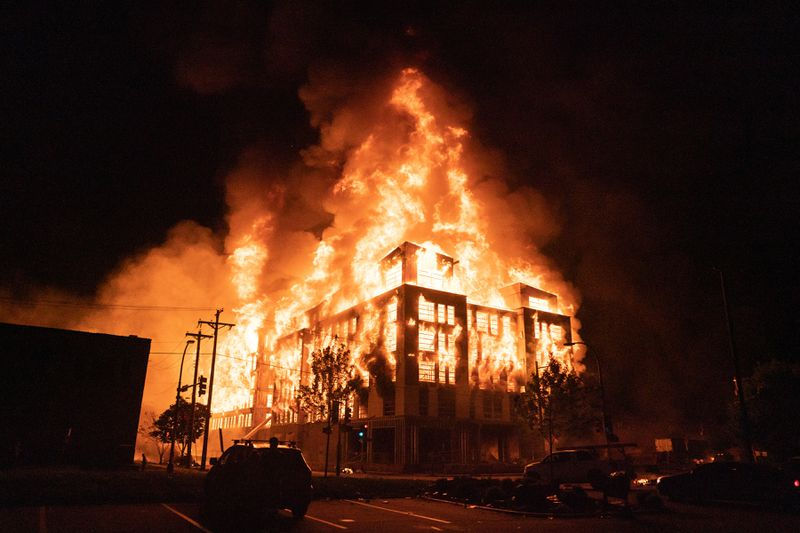Minneapolis: I'm Glad I Left
- Jack Horner
- Feb 23, 2023
- 3 min read

I am half convinced that Minneapolis exists purely to advertise suburbia. When you compare the real estate prices between the city and its suburbs, the difference is night and day. And if you know anything about the city, you understand why people pay a premium to get away from it. Nobody shoots at the national guard in the suburbs. Nobody burns down bookstores, liquor stores, construction sites, post offices, or police stations. Nobody burns down anything. When’s the last time you saw a molotov thrown at a yacht club?

Minneapolis has always had issues, but it wasn’t until the riots that we were finally forced to confront them. There’s just something about a burning city that makes you wonder how things got to that point. For those of us who lived in the suburbs, the issues had been easy to ignore. The city can be written off as a cautionary tale, always there when you need it to be and gone when it’s unpleasant to think about. Even during the riots, all a suburbanite had to do to make the trouble go away was turn off the news. The suburbs are safe, defended by police forces better equipped than some militaries. Most people can’t even remember the last time any serious crime happened. People like it that way. If ignorance is bliss, the suburbs are shangri la.
Minneapolis, on the other hand, is always in decline, never having found a rock bottom it couldn’t promptly shovel its way through. Back in 2020, the cops let it burn as they lined up three deep guarding a murderer’s house. The mayor called for peace, but he may as well have been an empty suit. The people called for justice, but they won’t get it. Four men went to prison, sure, but nothing will fundamentally change. This was a summer riot, and summer riots never amount to much. There’s a reason the February Revolution is the one that stuck. It’s when people are angry enough to riot in the snow that things really change.
Nearly three years have passed since then. Nothing meaningful has changed. There was an election, and victory went to the status quo. Meet the new mayor, same as the old mayor. The powers that be stuck their heads back in the sand, safe in their ivory towers atop mountains of money. Down in the real world, the proposed amendment to abolish the police failed, not that it ever had a chance. There’s nothing like record crime to remind people why the city’s largest gang is a necessary evil. For all that they’re thugs, and they most certainly are, Minneapolis is still a city where you don’t want to walk alone at night. There are places now that even the cops refuse to go to. When I was a student at the University of Minnesota, I remember my professor having mentioned some good restaurants off campus and asking him if he thought it would be safe for me to walk there by myself. “Not if you like breathing,” he answered.
None of this seems likely to change, and none of this is new. It isn’t just the cops and the crime. The city is rotten to the core. The courts are corrupt. The roads are awful. Housing is a mess. Public transit is practically nonexistent. Homeless people freeze to death every winter. To top it all off, Minneapolis public schools can be charitably described as a garbage fire. Even that may be a stretch. At least a garbage fire has consistent heat.
People have known this about the city for decades. There are those who will tell you that things have changed for the better, and there are those who will tell you things have gotten worse. They’re all liars or fools, as far as I’m concerned. Things are as they’ve always been save some fluctuations in statistics, and where statistics are involved I’m inclined to agree with Disraeli. The truth is that everyone with money and sense already moved to the suburbs. Some still cling to the history, namely those with mansions by the former Lake Calhoun, but even they send their kids to school somewhere else. Some are still intent on gentrification, but I doubt they’ll see widespread success. The Reconquista took nearly eight hundred years. Their timeline doesn’t look much different.
All of the things an urban planner would tell you are flaws of the suburbs are, in fact, not flaws at all. They were created by design, and they function as intended. Low density, lack of public transit, and high prices are features. They keep the riffraff out, as my less tactful neighbors would say. Some would say the quiet part out loud. Whether you view this as a struggle of class or race, you’re right.



Comments